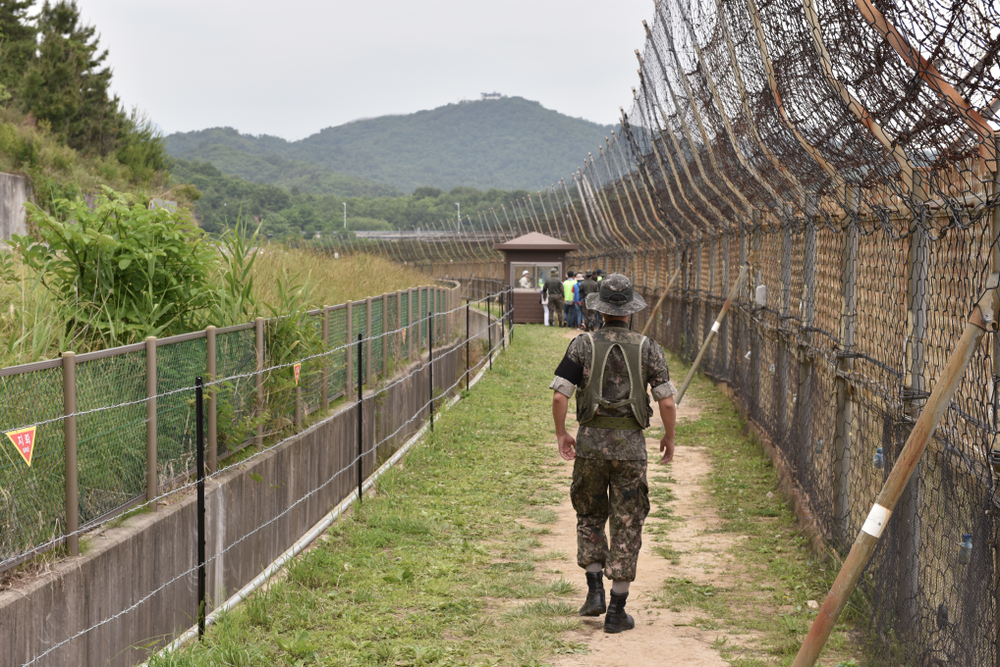“Divided: Why we are living in an age of walls”, is the title of another famous book by the British journalist, author and specialist in foreign affairs, Tim Marshall. Our world becomes more divided by actual physical walls; we all remember the wall that former US President Donald Trump started building at the Mexican border. But just as the Perspective’s topic “building bridges for peace” is not only to be taken literally, Marshall as well uses walls as a metaphor to argue that we are living in an age of more division than ever. Metaphorical walls are made of religious, psychological and ethnic boundaries that “fence people off or, at times, pen them in”. This article is the second part of the two-piece Seven border conflicts on seven continents that show why geography still matters (here you can read part one). This part gives insights into different, and perhaps more unknown territorial conflicts on the remaining four continents, demonstrating that building bridges instead of walls is a great challenge for peace on all continents.
Antarctica
Antarctica is by far the coldest and most hostile continent on earth, a polar desert with temperatures as low as -80°C. The icy continent is only seasonally populated by scientists and explorers, but still, a total of seven countries have made territorial claims on the continent since 1908. Especially around the 1940s to 1950s, there have been many diplomatic conflicts over parts of Antarctica claimed by several countries, even leading to armed conflicts. In 1948, a conflict over a part of Antarctica claimed by both Britain and Argentina escalated. Gunshots were fired but shortly after the conflict was settled peacefully. Finally, in 1961, a formal treaty came into effect that declared the continent a military-free zone. The preamble of the treaty states: “In the interests of all mankind that Antarctica shall continue forever to be used exclusively for peaceful purposes and shall not become the scene or object of international discord.” However, as the Arctic ice is melting with rising global temperatures, the continent becomes increasingly interesting for countries due to its abundant natural resources. It is likely that this will lead to new conflicts in the future as several countries have already declared interest in exploring the possibilities of oil and gas extraction as well as mining of other valuable metals and rare earth.
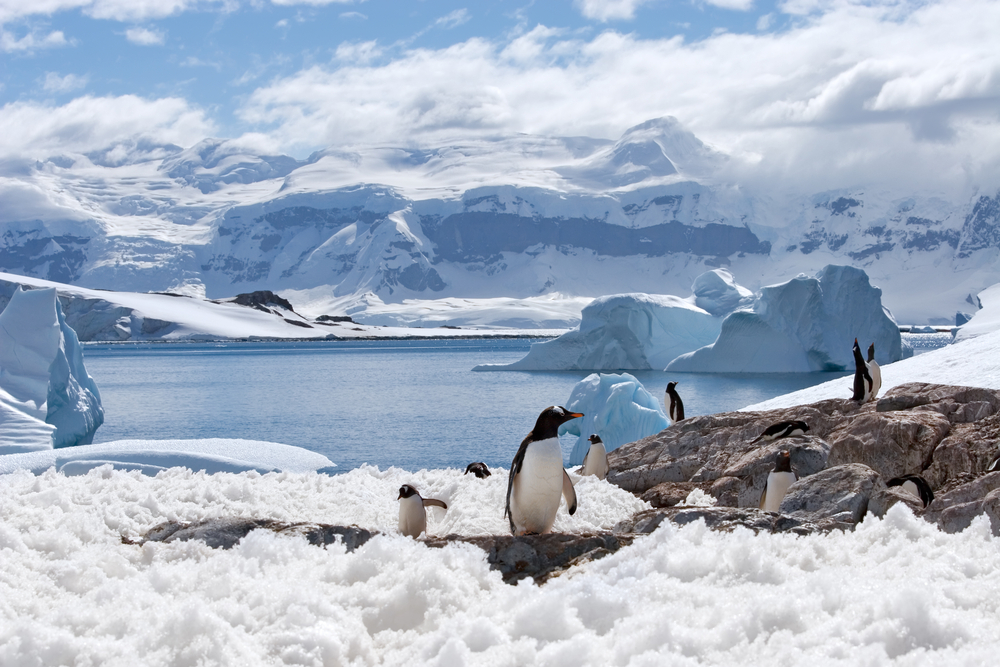

Australia
Even the smallest continent in the world without any land borders has some territorial disputes despite being one unified nation. One that has recently gotten some attention is the ownership dispute of the oil-rich Ashmore and Cartier Islands. Timorese Sea Indigenous People are attempting to sue Australia for territorial claims. They argue that in pre-colonial times, the waters around the islands have been used for fishing purposes by their ancestors and that they should belong to the Indigenous People of Indonesia. In 2021, several local fishermen were arrested by the Australian police over the claim that they were illegally fishing in Australian waters. Although the islands are more than 300 kilometres away from the Australian mainland and completely unpopulated, the country has a major interest in keeping the islands within its territory. Rich oil resources have been found, making the islands more valuable than ever. The conflict remains to be unsolved and the Timorese Sea Indigenous people see a lawsuit as their only chance against Australia.
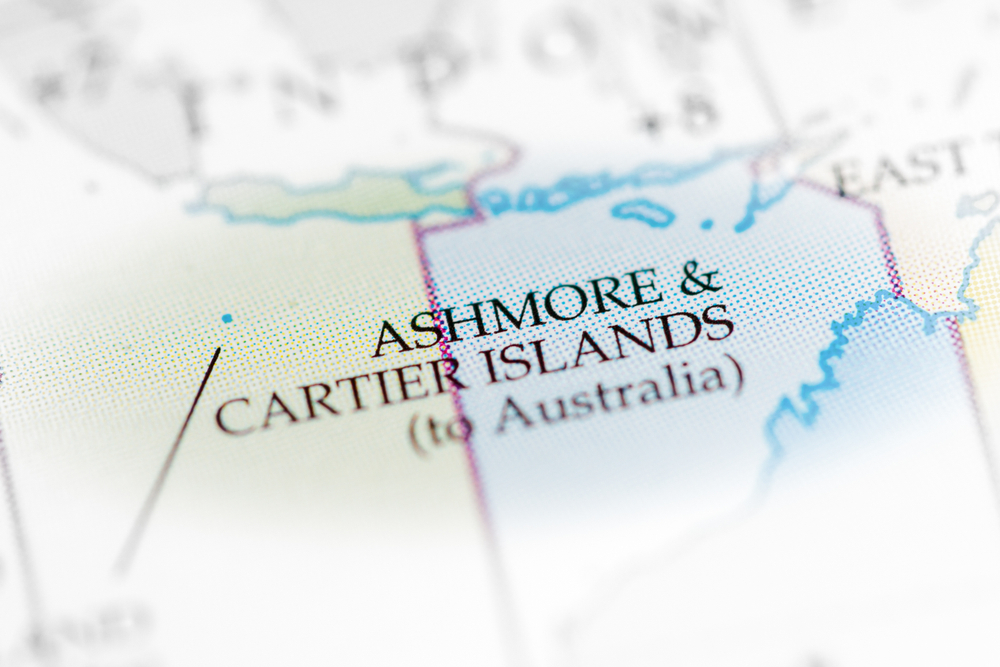

North America
Canada and the US enjoy eminently peaceful relationships and have been close partners for decades. They share the longest international border in the world, but the main territorial disagreement between the countries is located far north in the Arctic Circle. The conflict is about the territorial rights of the Northwest Passage, a sea passage Canadian official territory. Canada has been claiming these coastal waters based on the argument that native Inuit have historically used those. The US is rejecting these claims and argues that the passage is international territory, referring to the UN Convention on the Law of the Sea (UNCLOS). The passage has long been covered by ice, making it unprofitable to pass for commercial use. However, as the ice is continuing to melt, the passage has become increasingly interesting for commercial shipping. It is a major shortcut, decreasing travel time for some passages between Europe and Asia by up to forty percent. For now, the countries have decided to “agree to disagree”; and despite the territorial claims the passing of American ships has been tolerated by Canadian authorities. However, the conflict is probably only deferred as the continuous melting of the ice makes the passage increasingly interesting in the future. This might even extend the conflict more globally as more countries will be interested in having their ships pass the waters.
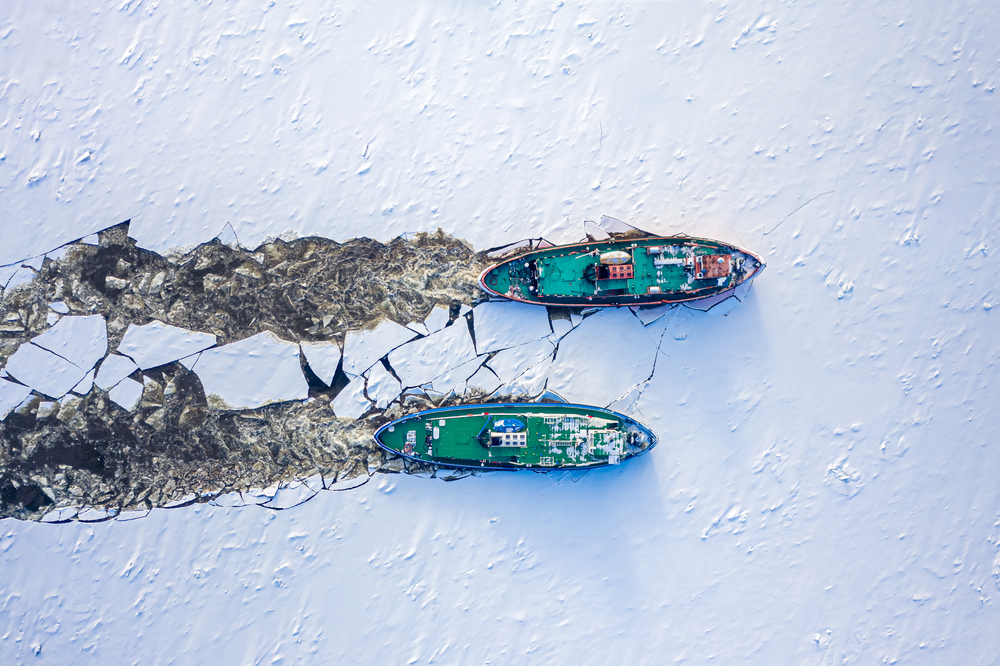

Europe
At the boundary of Eastern Europe and Asia, the conflict between Azerbaijan and Armenia about the disputed territory of Nagorno-Karabakh has recently flared up again. During the 1920s, the region was declared part of Soviet Azerbaijan by Soviet authorities. In the 1980s, when both countries were still part of the Soviet Union, the ethnic Armenian majority in Nagorno-Karabakh voted to be part of Armenia, while Azerbaijan still claimed the territory to be part of their country. For several years the countries fought a bloody war over Nagorno-Karabakh which led to the displacement of millions and killed tens of thousands of people. With a Russian-brokered ceasefire in 1994, the region and surrounding territories ended up being taken by Armenian forces. A de facto independent state of Nagorno-Karabakh was declared after this, which was not internationally recognised but backed by the Armenian government. The conflict never settled but remained fairly peaceful until 2020, when a new wave of armed conflict arose in the region, with Turkey providing military support to Azerbaijan. It lasted six weeks and took more than 7000 lives. Another Russian-brokered ceasefire put the conflict on ice. However, with Russia fighting Ukraine, the Nagorno-Karabakh region became unstable again in 2022. For weeks now, roads into the region have been blocked by Azerbaijani protesters, leaving people in Nagorno-Karabakh without food and medication. Right now no guns are fired, but the conflict is still more than present for the citizens of the disputed region.
[Editor’s note: This section previously contained factual errors on Russian involvement and the outcomes of the 1994 ceasefire. These errors have now been corrected]
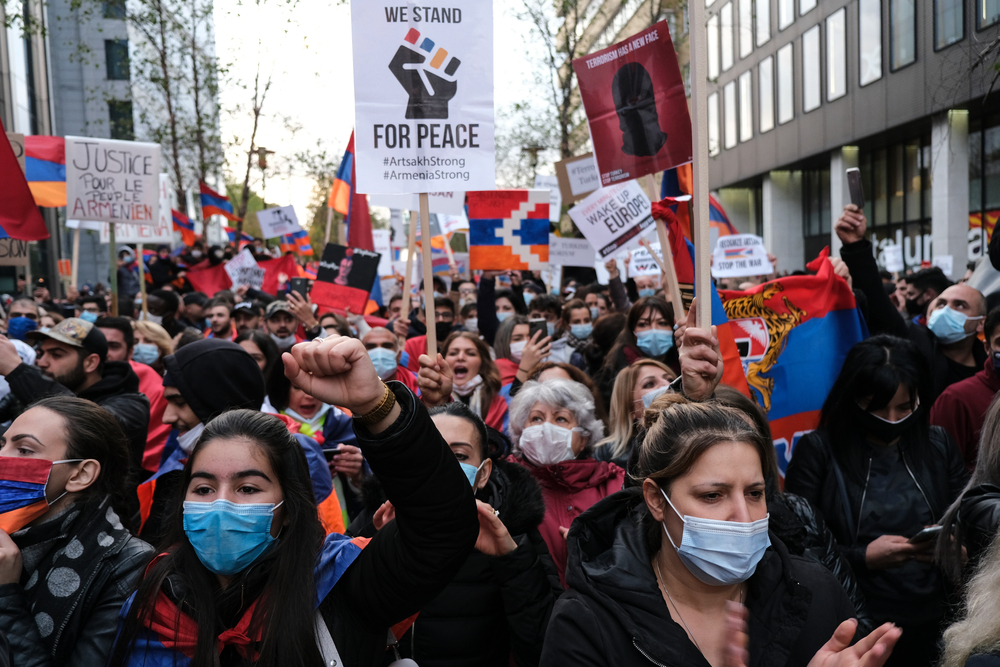

Territorial conflicts that inhibit the building of metaphorical bridges for peace across country borders are everywhere. Often territory is of such crucial importance for countries that the conflicts are stretching out for decades as neither side is willing to give it up valuable resources or the strategic location of the disputed land. In other cases, the people living in the disputed areas are deeply connected to their geographical origin and will not accept decisions made over their heads. It remains a challenge for many countries to solve these issues in close cooperation with those who are most affected by the consequences, such as the Kyrgyz people in the border region to Uzbekistan. Looking at the case of Antarctica and the Northwest passage, it becomes evident that territorial disputes are also a concern of the future and might exacerbate as the climate crisis is aggravating and resources become increasingly scarce.
By Johanna Fredrich
6th April 2023



